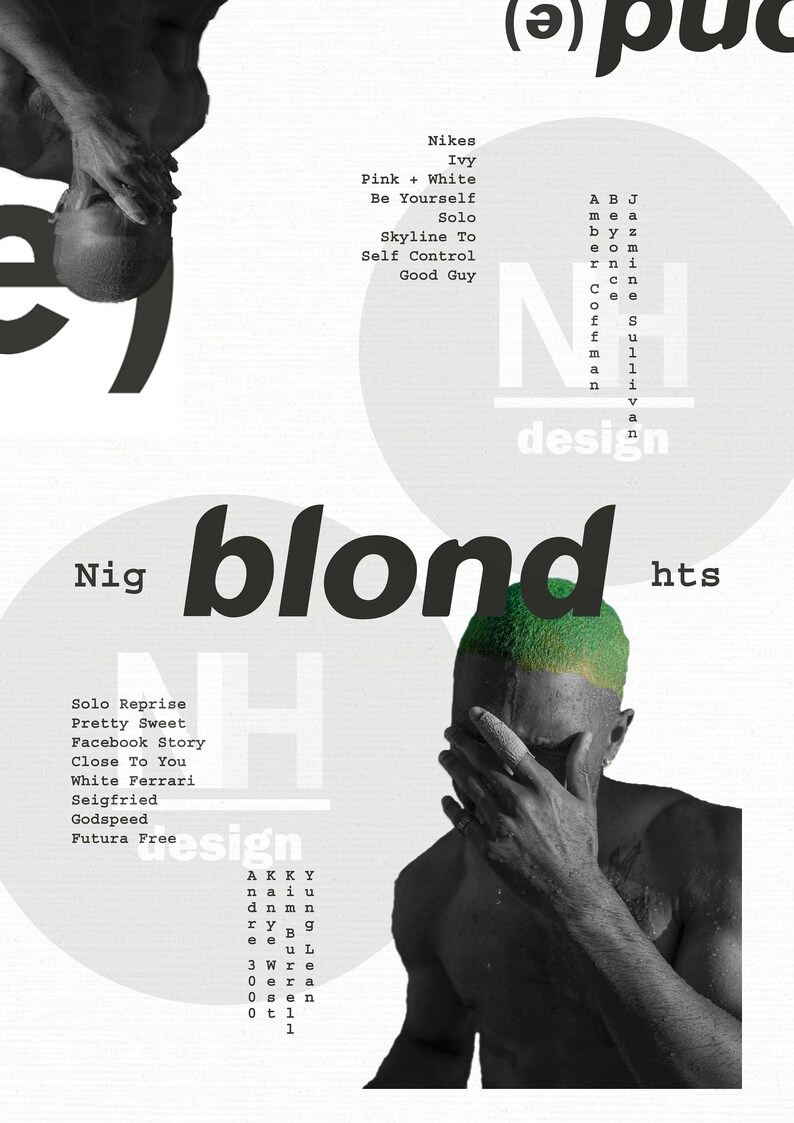

Perhaps this is the future of festival and concert live streams: partnering with users themselves as quasi-correspondents. Now, consumers arguably have three ways to experience concerts:Ĭoachella’s partnership with YouTube did extend to YouTube Shorts, where fans could view exclusive content from artists as well as a list of creators with whom YouTube partnered to provide on-the-ground coverage. Once, the only way to experience a concert was to attend it. Working with social media, not against it And the decision to cut Ocean’s stream was ultimately moot, since it did little to restrict my access. This feels similar to the way many people go to publications like The New York Times for a trusted breakdown of the news, and then to Twitter to understand how people actually feel about it. But TikTok gave me something that an official live stream does not - a way to experience the event’s cultural impact.

Watching Ocean’s set on YouTube would have provided a higher-quality version. I could watch every major moment from every angle - Ocean talking about the possibility of a new album performing ‘Nights’ - as well as the moments you would not get from an official live stream, like live reactions, interviews with fans on the ground, and footage of frustrated attendees leaving when Ocean was an hour late. A search for “Frank Ocean Coachella” turned up thousands of videos with footage from the event. Like many Ocean stans who stayed up late to watch his performance from home, as soon as I saw YouTube’s announcement, I immediately rushed to TikTok. Live streams do not cannibalise ticket sales - but will social media cannibalise live streams?įollowing a spectacular year of growth in 2021, global recorded music revenue growth slowed significantly in 2022, due to the combined impact of global economic headwinds and growth slowdown in mature. It is now clear that any negligible loss is worth the huge gain of expanding concerts’ addressable audience to those who never would (or could) have purchased tickets anyway. When live streaming rose during the pandemic, many questioned whether streams would cannibalise ticket sales. This raises an interesting question for live streaming. Just search “Taylor Swift Eras tour” on TikTok. Unless event organisers ban phones at the venue - and some have - fans will provide, in effect, hundreds of live streams for free. But with the rise of short-form video, it is becoming increasingly difficult to create true “had-to-be-there” moments. Well, this might have worked five years ago.

Had it been clear ahead of time that the set would not be streamed, it would be a true “had-to-be-there” moment. Ignoring the haphazard way in which it was announced, the decision to not live stream Coachella’s most-anticipated set could be seen as smart. But if the idea was to amplify exclusivity, it did not go as planned, as TikTok users immediately stepped in to fill the gap.ĭigital experiences are now ubiquitous, raising the value of live, in-person experiences. This is the same artist who reportedly stocked Coachella’s vinyl tent with only a single copy of Blonde. It is yet unclear why Ocean was removed from the stream - although given the artist’s reputation for limiting access, it is not a complete surprise. So when Coachella's official live streaming partner, YouTube, abruptly announced that it would not stream Ocean’s set, fans were understandably upset. Frank Ocean’s headlining Coachella set on Sunday night was one of the most-anticipated sets ever, not least because the elusive singer has not performed publicly since 2017, but also because the performance was a holdover from 2020’s cancelled festival.


 0 kommentar(er)
0 kommentar(er)
